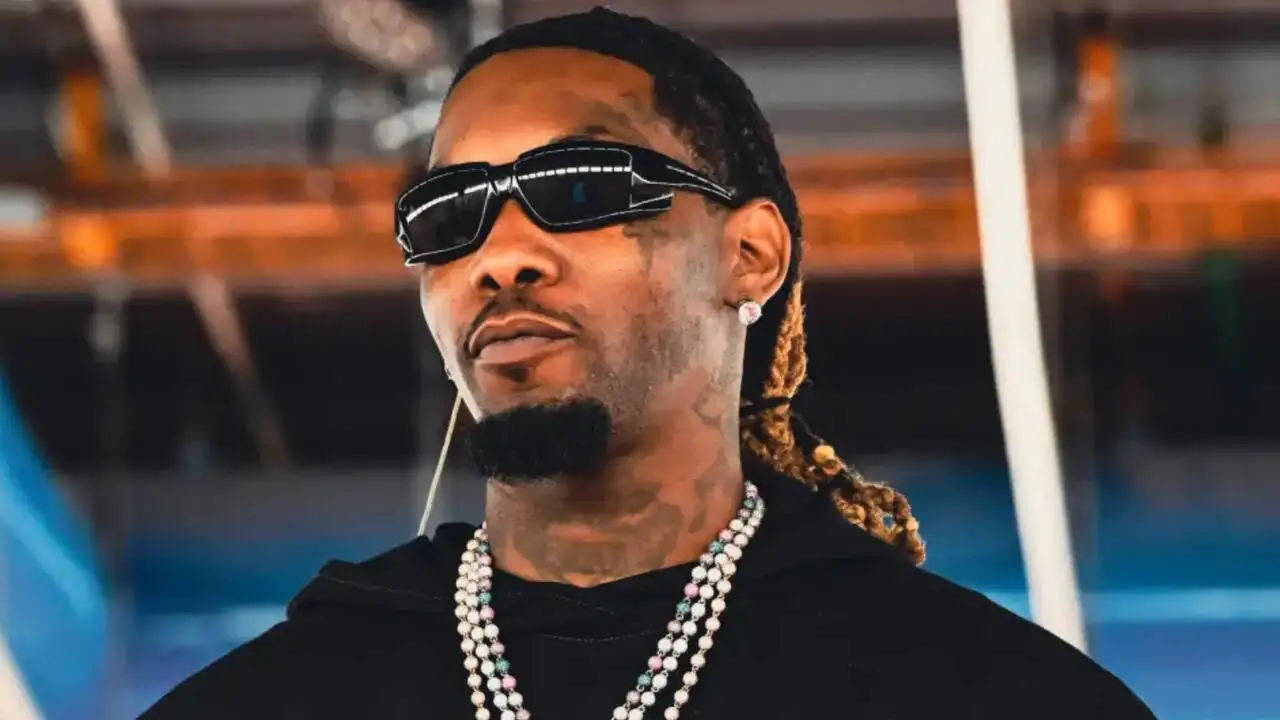JAPAN SUMMONS CHINESE ENVOY AFTER FIERY TAIWAN REMARKS

Escalating diplomatic spat in East Asia
Japan lodged a formal protest with China after a senior Chinese diplomat accused Prime Minister Sanae Takaichi of provoking Beijing with her recent comments on a possible Taiwan contingency, underscoring how sensitive cross-Strait tensions have become in Tokyo’s new security posture. Japanese Chief Cabinet Secretary Minoru Kihara said the language used by the Chinese consul general in Osaka was “extremely inappropriate” and risked inflaming public opinion at a time when Tokyo is trying to keep channels with Beijing open. The remarks came days after Takaichi, Japan’s first female prime minister, said a Chinese attack on Taiwan could present a “survival-threatening situation” for Japan, wording that edges closer to language used in Japan’s security laws and signals firmer backing for Taipei. Japanese officials stressed the prime minister was speaking hypothetically, but China seized on the statement as evidence of “interference.” Washington’s ambassador in Tokyo also backed Japan, calling the Chinese diplomat’s post unhelpful to stability in the region, according to people briefed on the exchange. Taken together, the episode shows how little margin for error remains in regional diplomacy. With Chinese coast guard ships active near the Senkaku/Diaoyu Islands and Taiwanese politics entering another heated cycle, even a social media post can now trigger a formal démarche. Tokyo does not want this spat to overshadow broader rapprochement efforts that saw Takaichi and Chinese President Xi Jinping meet earlier this autumn, but Japanese officials also cannot be seen to let public broadsides against their leader go unanswered.

Regional security stakes and Japan’s harder line
Behind the sharp diplomatic language is a deeper shift: Takaichi campaigned on accelerating Japan’s defense buildup, expanding counterstrike capabilities and coordinating more tightly with the United States and like-minded partners on Taiwan. China, meanwhile, has warned repeatedly that any Japanese move to support U.S. operations in a Taiwan crisis would make Japan a “party to the conflict.” That is why this week’s protest matters — it is an early test of how Tokyo will respond when Chinese officials try to set red lines over Taiwan discourse. Analysts in Tokyo say the government will likely double down on messaging that its position is defensive and rooted in existing law, while still expanding joint drills with the U.S. and, increasingly, the Philippines. For Beijing, pushing back forcefully now is a way to discourage Japan’s new leadership from normalizing talk of military involvement across the strait. But the more public the criticism, the harder it becomes for Takaichi to soften her tone at home. Japan also wants to keep its economic agenda with China — including supply-chain risk talks and import rules — insulated from security friction. That balancing act will get tougher if Chinese diplomats continue to personalize their attacks. For now, both governments appear to be containing the incident to the diplomatic track. Yet the episode is a reminder that Taiwan remains the single fastest route to a Japan–China downturn and that social media posts by officials can now ripple into cabinet-level protests in a matter of hours.





















